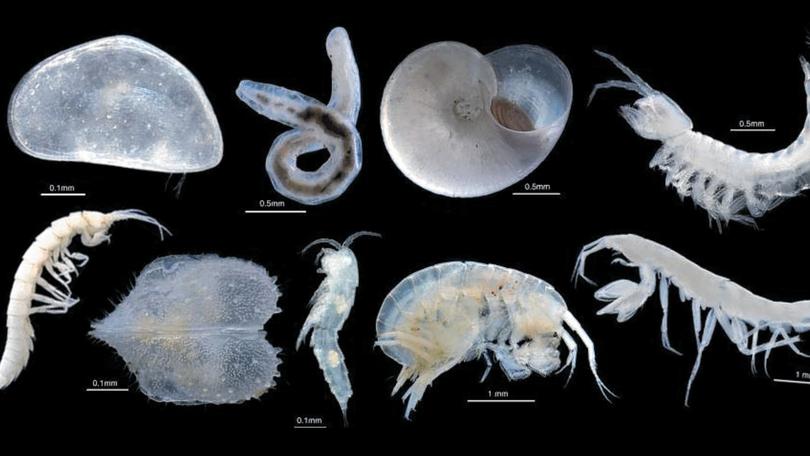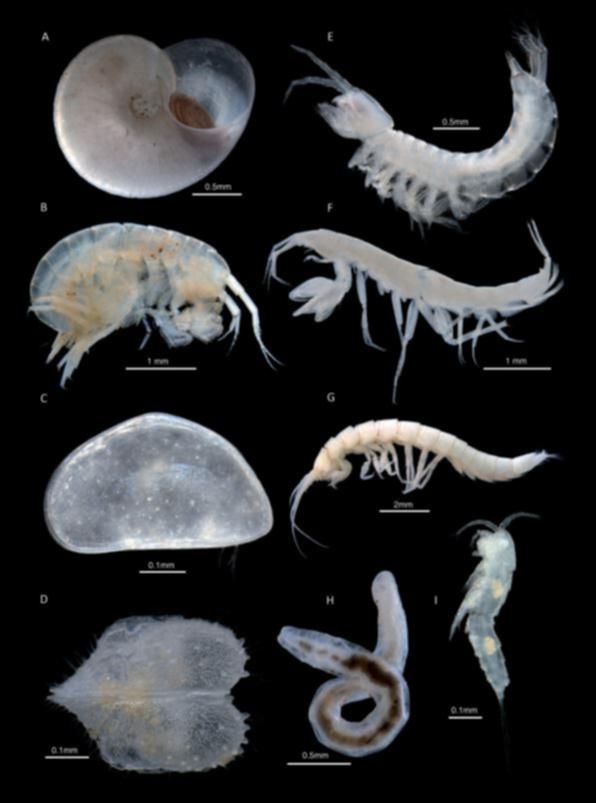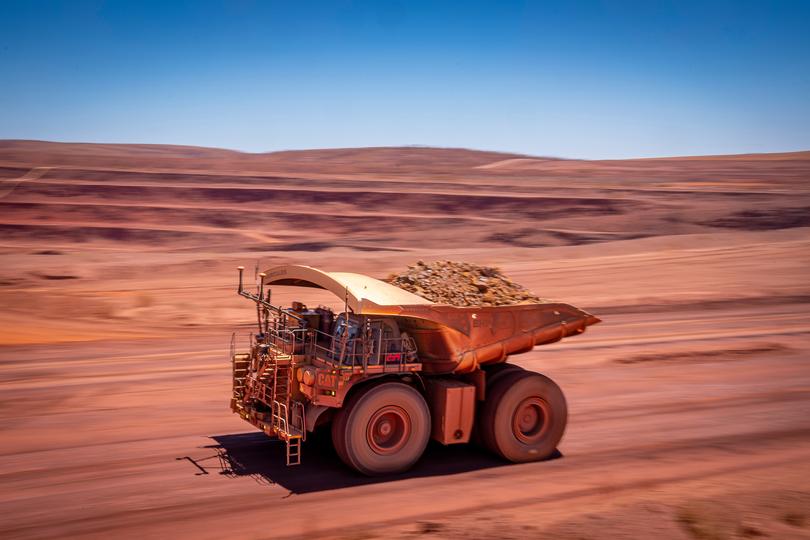Future of BHP’s huge Jimblebar iron ore project in limbo following the discovery of rare stygofauna

A multi-billion dollar mine expansion that stands to employ hundreds of Australians is at risk of being rejected because of microscopic water bugs.
Four potentially new species of stygofauna — groundwater-dwelling creatures that are typically millimetres or micrometres in size — have been unearthed by BHP at a proposed extension of its 85 per cent-owned Jimblebar iron ore project.
The tiny critters could prove to be a major headache for the Big Australian, which hopes to clear 2067 hectares of native vegetation to grow the mining operation.
Sign up to The Nightly's newsletters.
Get the first look at the digital newspaper, curated daily stories and breaking headlines delivered to your inbox.
By continuing you agree to our Terms and Privacy Policy.Jimblebar, which was brought to life in 2014 for $US3.6 billion, is located 41km east of Newman in the central Pilbara region in Western Australia, deep inland on a large parcel of semi-arid ground.
It currently employs more than 800 workers, with many hundreds more likely needed for the planned expansion.

Late last year, BHP submitted its updated Jimblebar environmental proposal, noting the presence of the rare bugs.
The Environmental Protection Authority confirmed to The Nightly it was paying close attention to the plans based on the possible impact of stygofauna.
“One of the potential impacts cited by the EPA in its decision to assess was the potential for significant effects upon subterranean fauna from pit dewatering and habitat loss,” an EPA spokeswoman said.
“This includes a public review where the additional information will be the subject of a four-week public consultation.

“Any new fauna species discovered during the environmental impact assessment will be captured in the EPA Report containing advice and recommendations to the Minister for Environment.”
The EPA declined to put a timeframe on how long the “detailed assessment” will take.
“The time taken to complete an environmental impact assessment is dependent on a number of factors,” the EPA spokeswoman said.
“(This includes) the complexity of information sought by the EPA, the number and length of public submissions made during consultations, potential requests by the proponent to amend the proposal during the assessment, and the amount, suitability, efficiency and quality of information submitted by the proponent.”
In response to queries from The Nightly, a BHP spokesman said the company continues “to engage with the EPA as part of the assessment process”.
Environmentalists are seizing on BHP’s difficulties to push for the Jimblebar expansion to be scrapped.
Conservation Council of WA President Dr Richard Yin said stygofauna in the Pilbara are “not found anywhere else on Earth” and comprise a “critical part” of the natural ecosystem in northwest WA.
“The changes to groundwater regimes from the proposal will produce changes to stygofauna habitat, which will result in potential loss of unique species, crucial for maintaining groundwater quality. These changes could have flow-on effects on other aquifer systems,” Dr Yin told The Nightly.

”Other mining processing also increases the risk of habitat contamination, which could impact the unique species in the region including the stygofauna; some species of which are only known from the area documented in BHP’s proposal.
“If BHP’s project expansion proposal is successful, there will be 2067 hectares of native vegetation cleared . . . given that we are in the midst of a biodiversity crisis, the further loss of unique WA species would be devastating.”
As it stands, Jimblebar churns out more than 65 million tonnes of iron ore per year and is expected to have a mine life that stretches out past 2050.
It is also home to BHP’s first fully autonomous truck operation.
But it’s not the first time stygofauna has caused headaches for mining projects.
In 2015, Canadian giant Cameco’s proposal to mine uranium at the Yeelirrie project in WA’s East Murchison region was plagued by concerns about the impact of stygofauna.
The project eventually got the environmental green light in 2017, but a depressed uranium price stopped the development from progressing any further.
Fellow Pilbara iron ore giants Rio Tinto and Fortescue have had to navigate the presence of stygofauna in getting huge mines up and running over the past two decades.
Originally published on The Nightly
